It is common for Western charities to collect used clothes and ship them to Africa as aid. But these goods, discarded by well-intentioned Americans and Europeans, are rarely given as charity; instead, the donations are mostly sold to exporters who make huge profits selling second-hand goods in markets all over the continent. While some African countries have banned the importation of thrift clothes in a bid to protect local clothing and textile industries, in Nigeria the second-hand clothing industry – worth an estimated 148USD$ million – is booming.
Nigeria’s growing resale market can be traced back to the 1950s and 1960s. Then, Okrika, Rivers State, was the only port where used clothes from Europe could come through. Na mumu dey go boutique loosely translates to “only fools shop at boutiques.” These words are the chorus to a bustling market in Yaba, Lagos, Nigeria, sung by sellers of Okrika (second-hand clothing). Moreso, these words are a perception that much of the general populace holds regarding pre-owned pieces. Recent figures from the UN show that an estimated 80% of Africans wear secondhand clothing.
With the undeniable effects of fast fashion on global warming, it has become paramount to engage the masses about employing sustainable homegrown solutions to bypass the challenges of cloth production through a medium they can easily understand. It is my goal, not only to highlight the immense environmental complexities associated with the second-hand clothing industry but also the unique ecosystem involved with such a sector of the economy through the eyes of these traders.
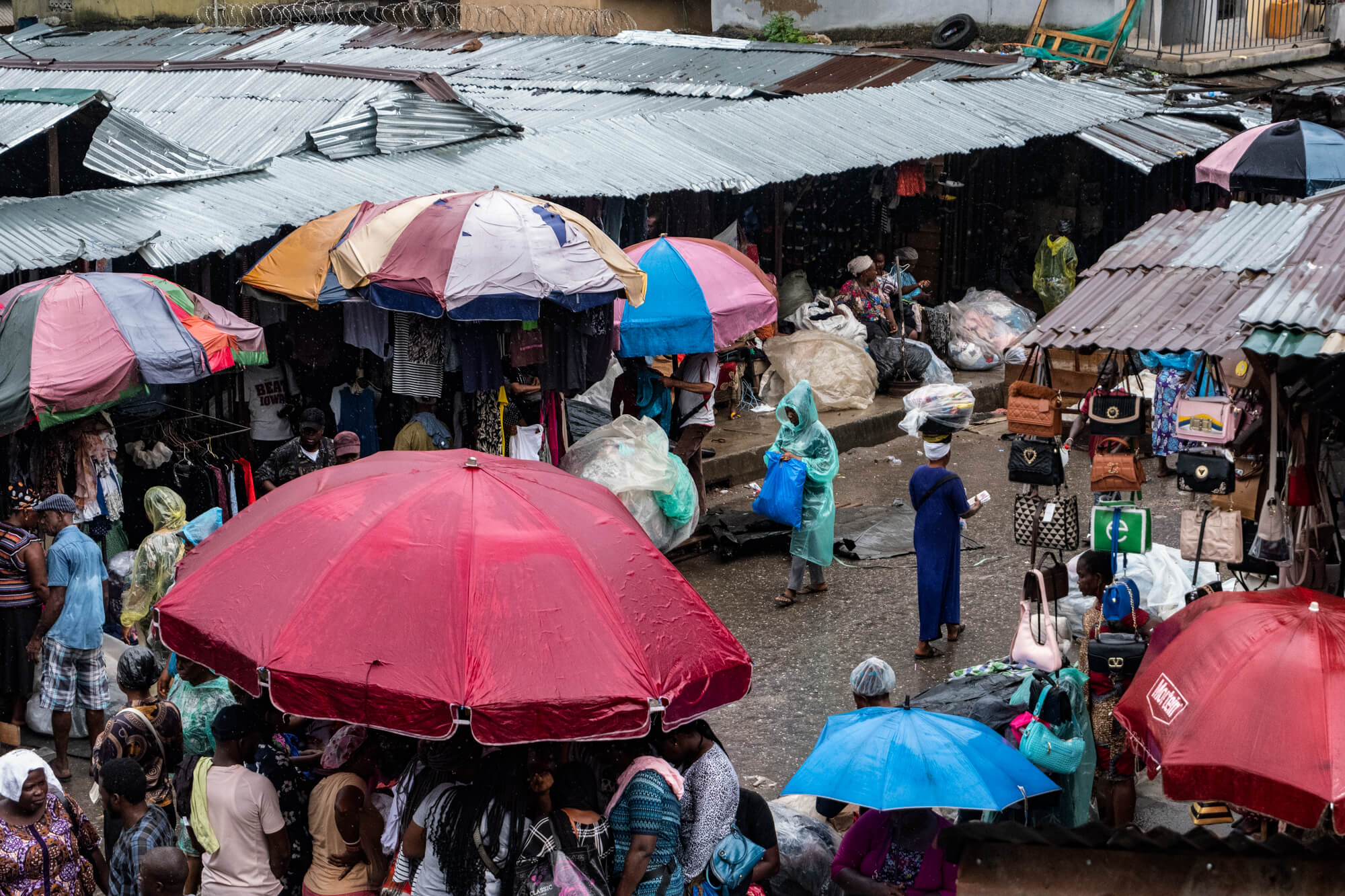
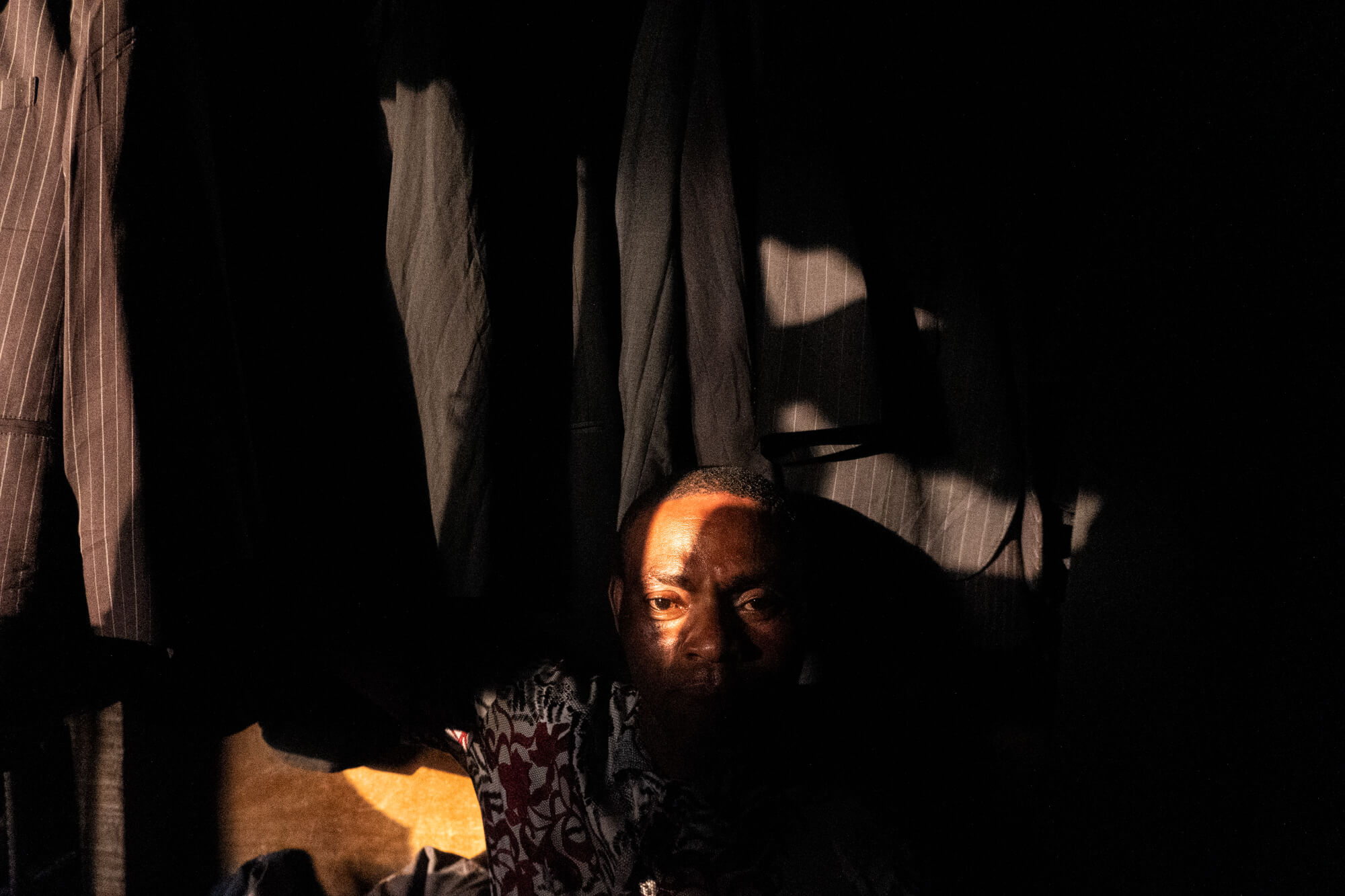
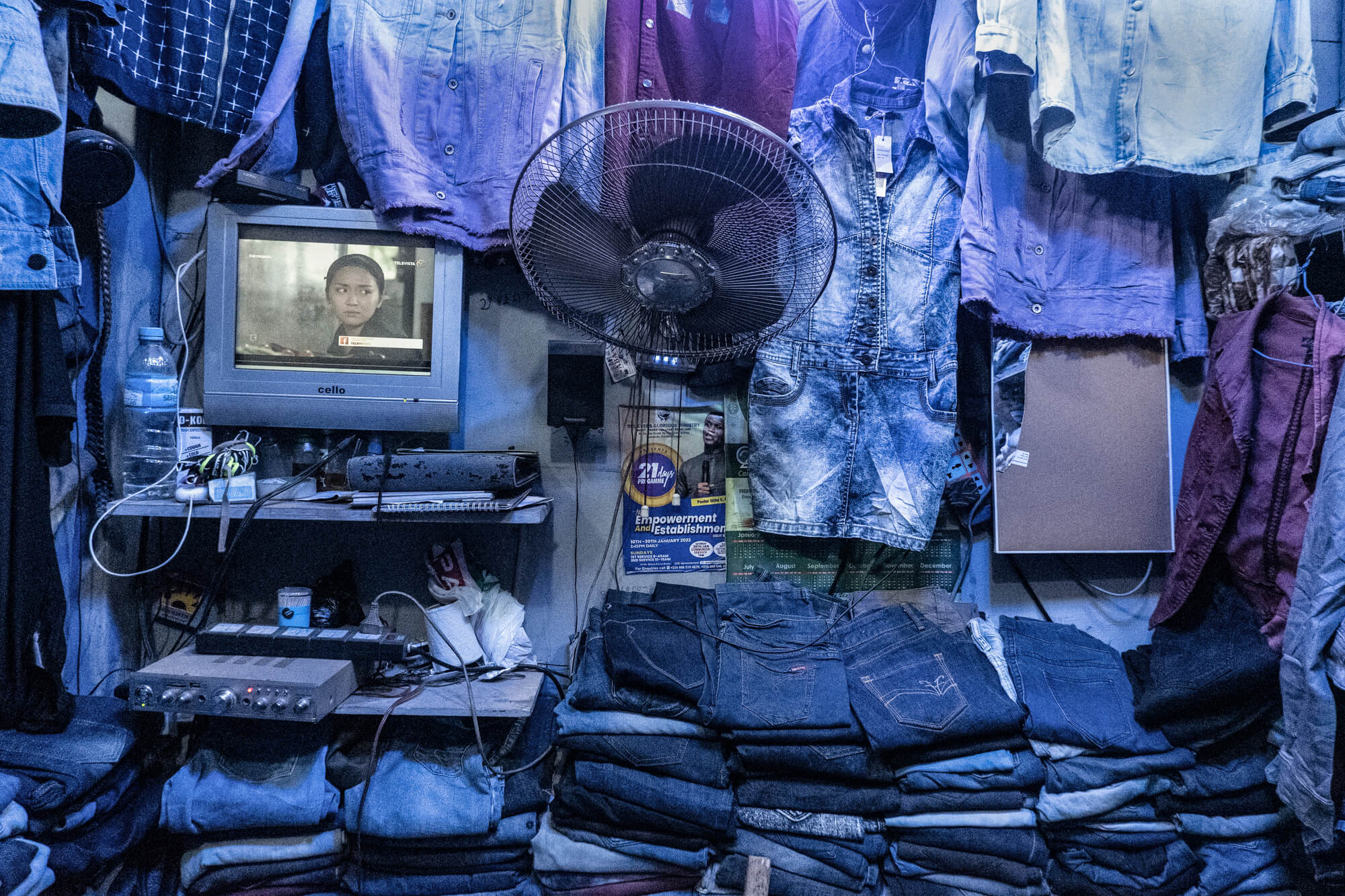
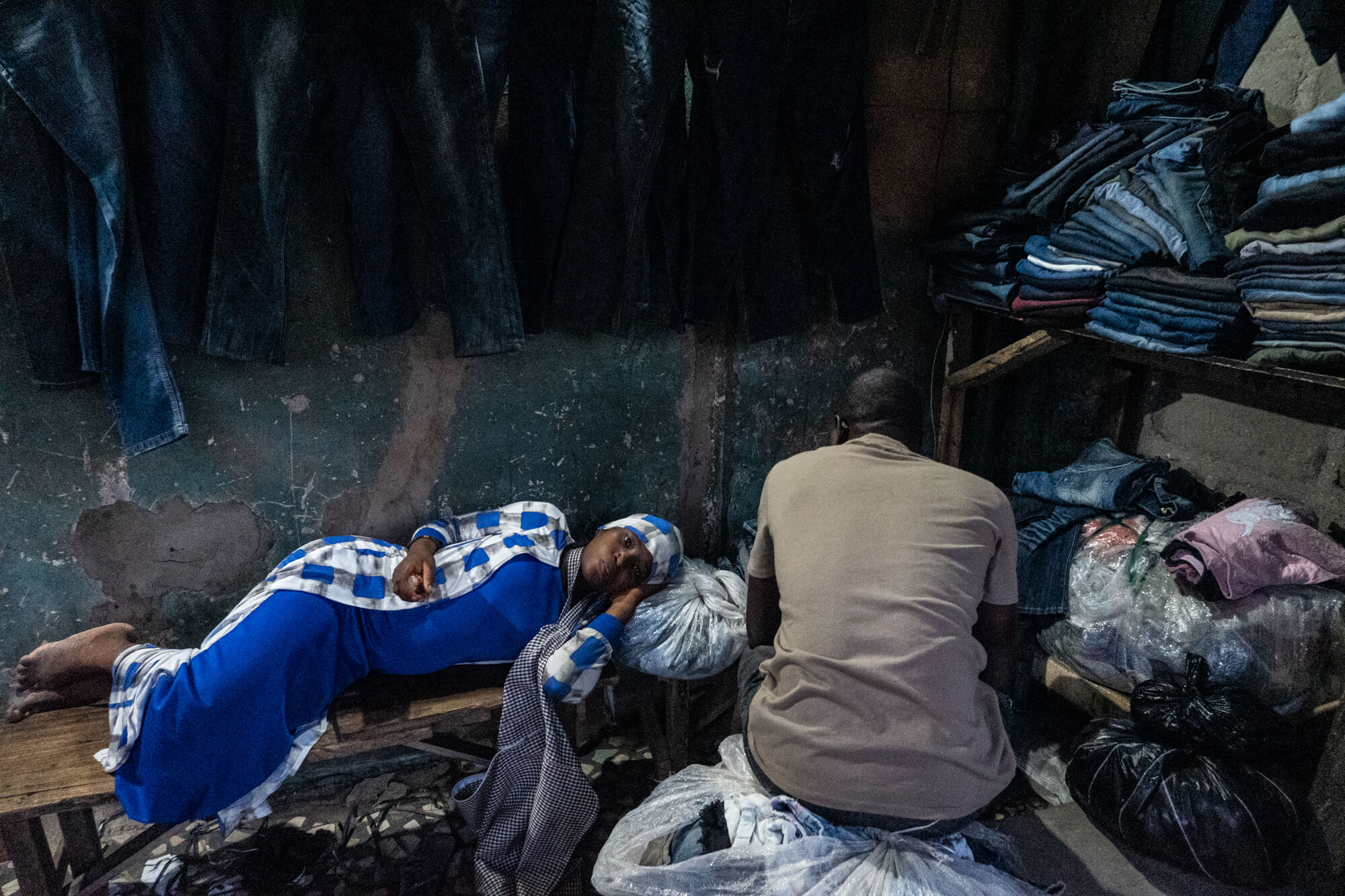
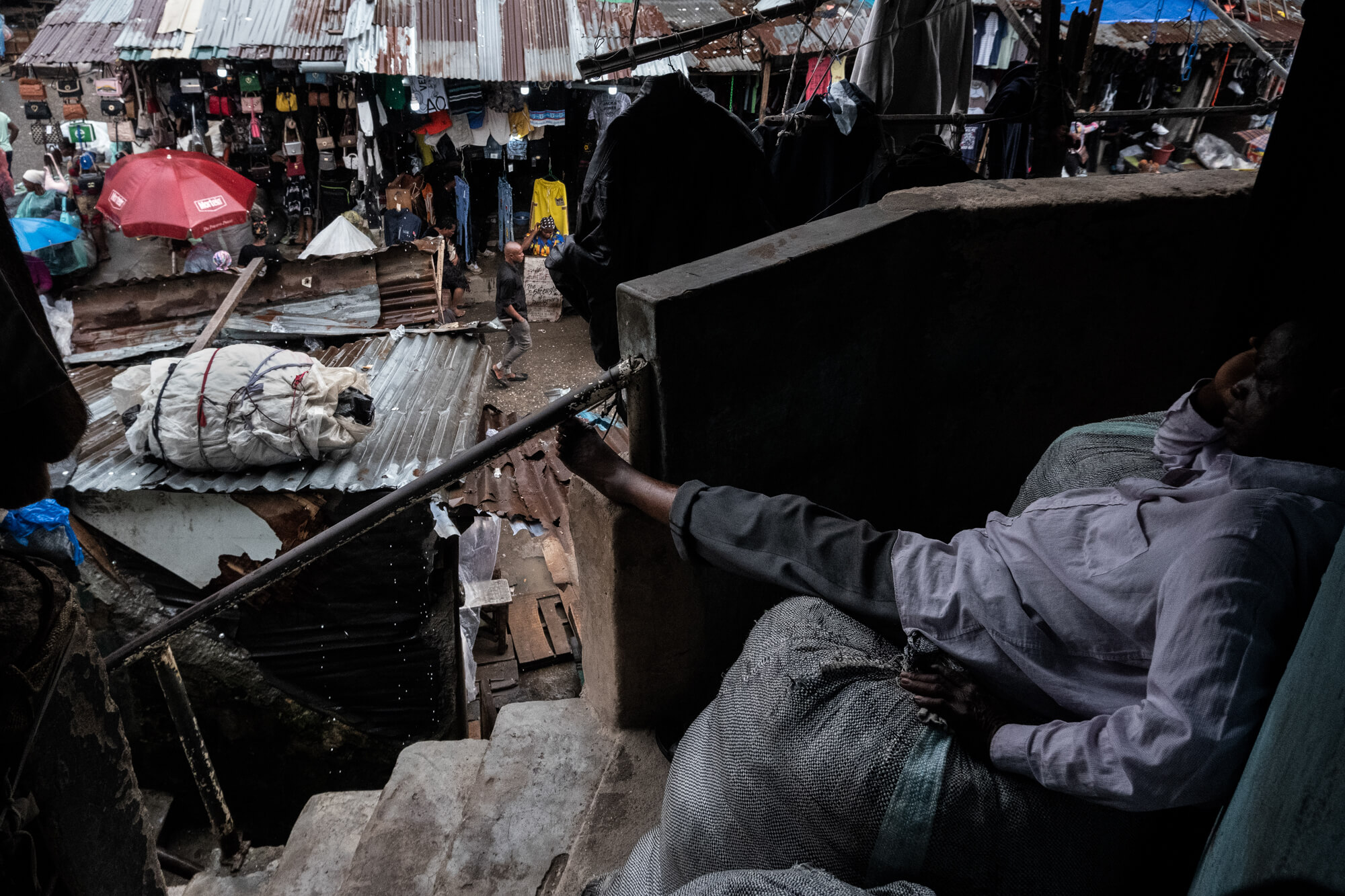
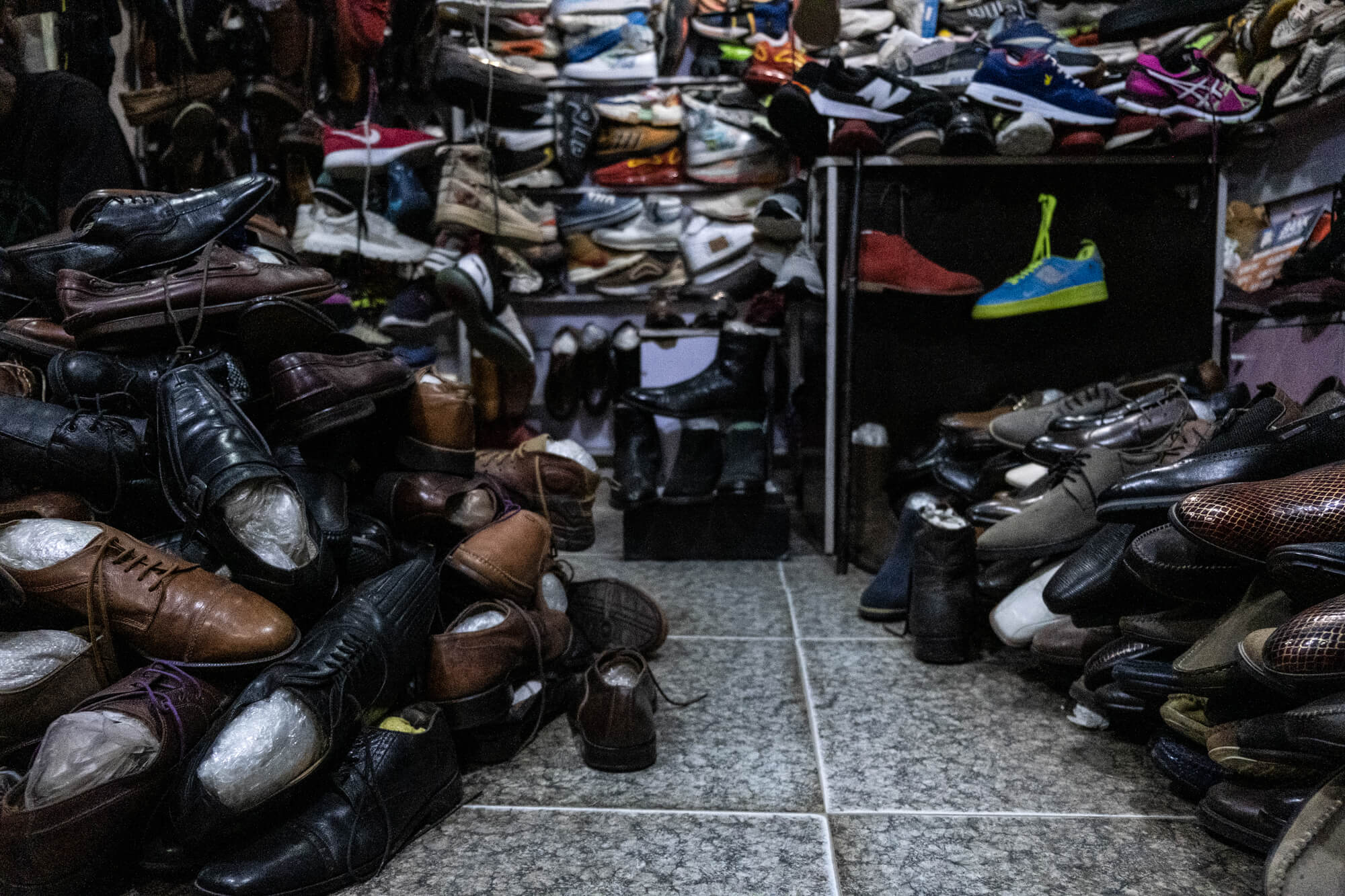

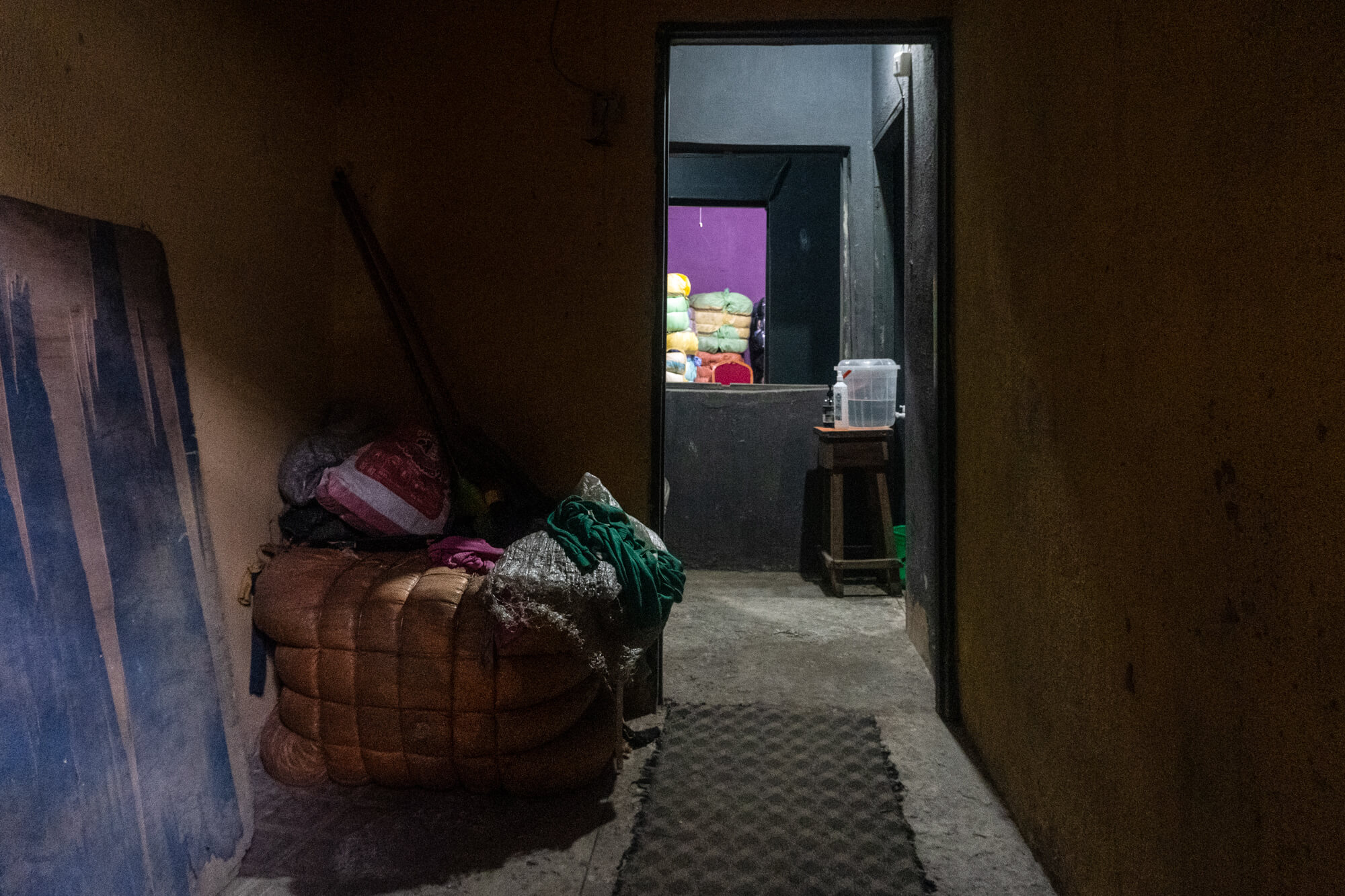
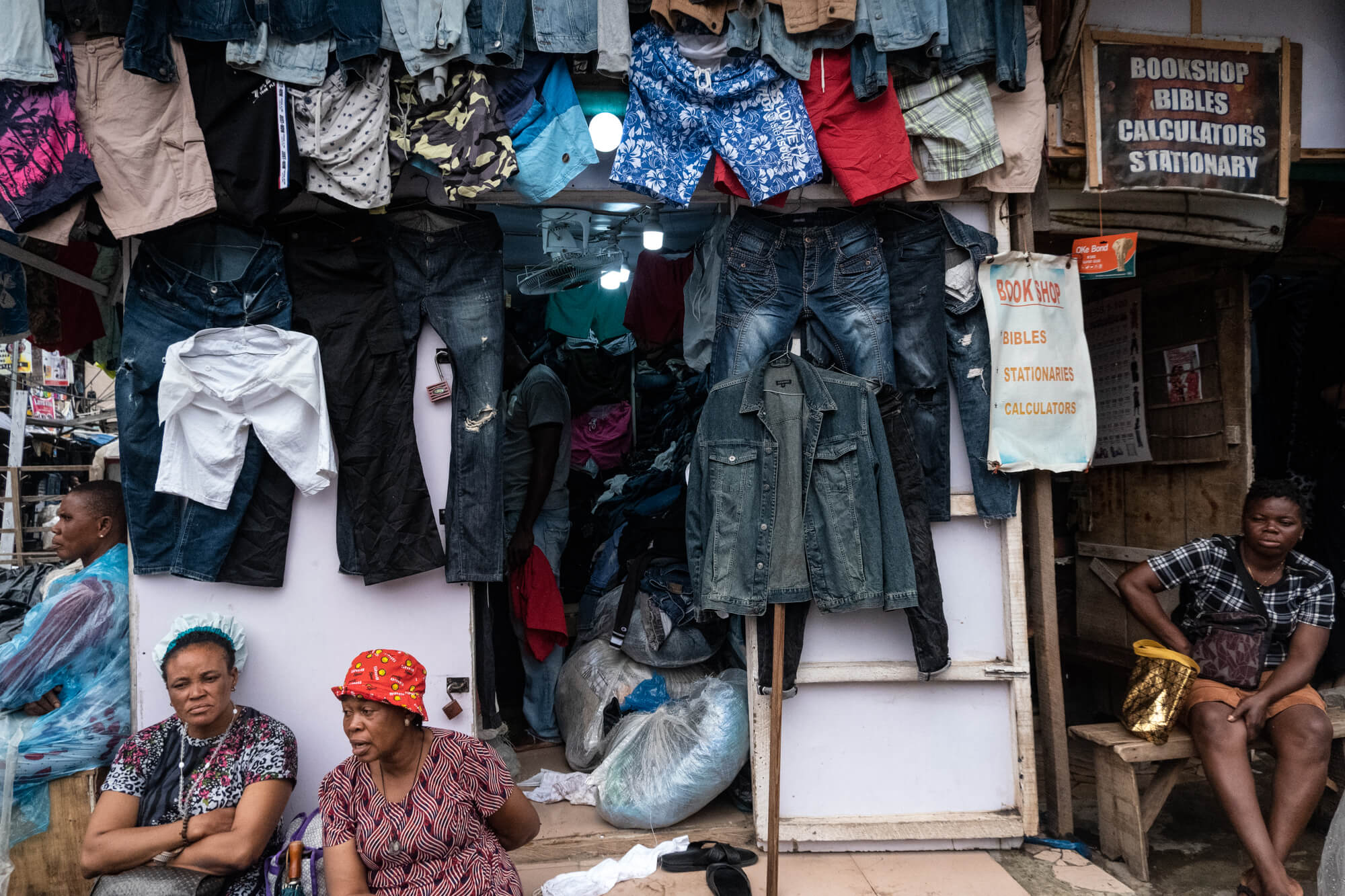
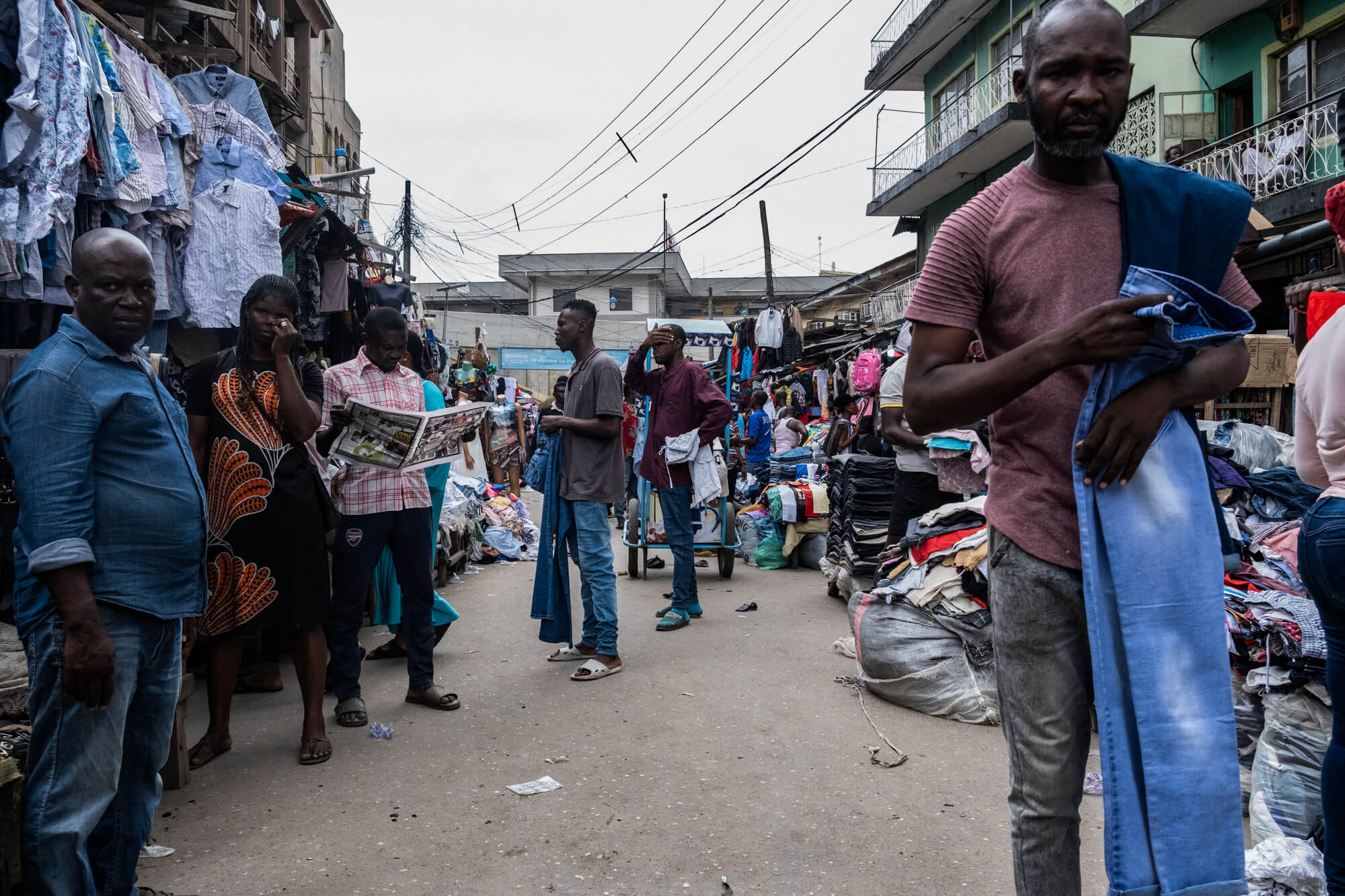
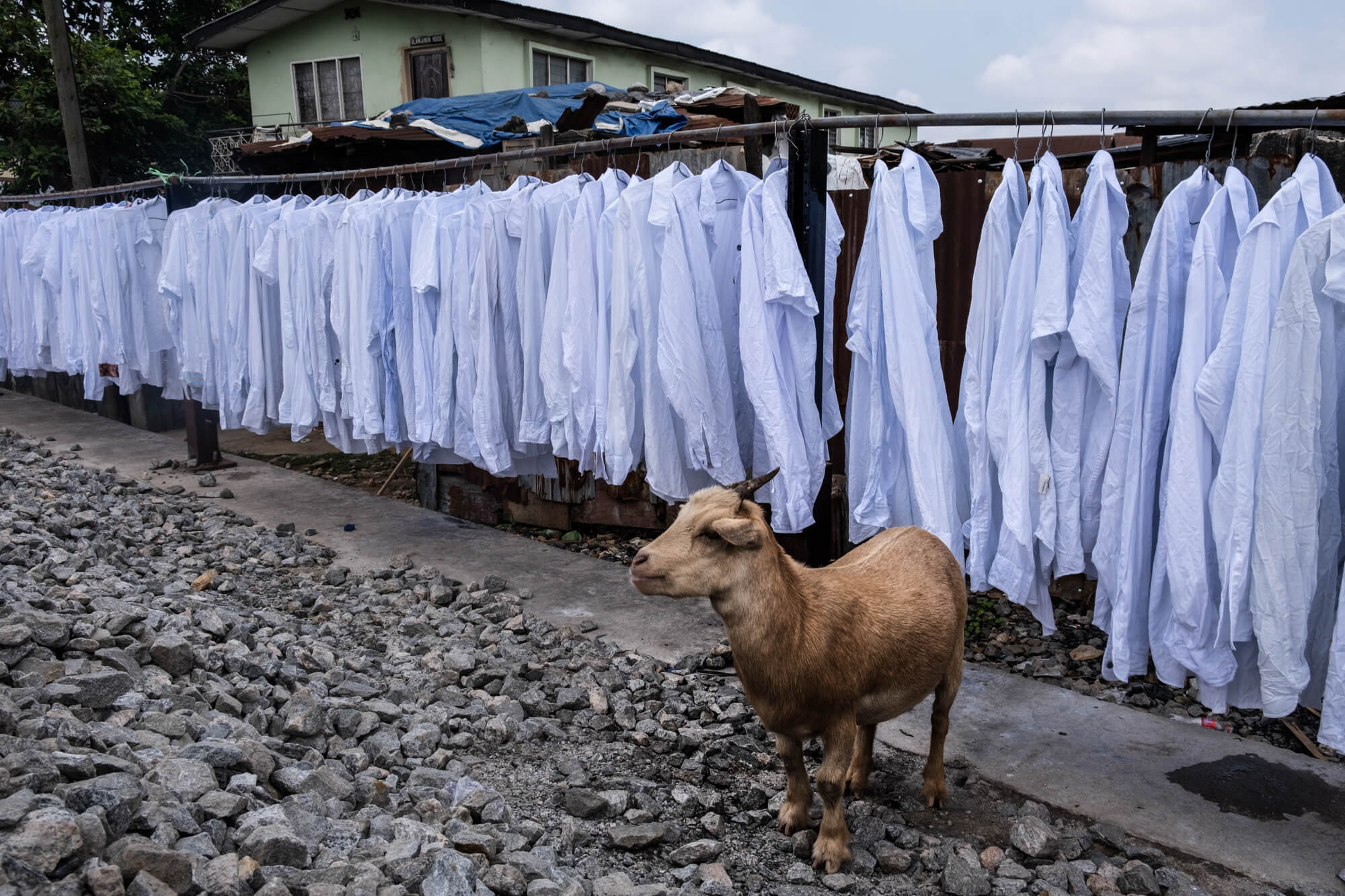
© 2024 Fawaz Oyedeji. All rights reserved.